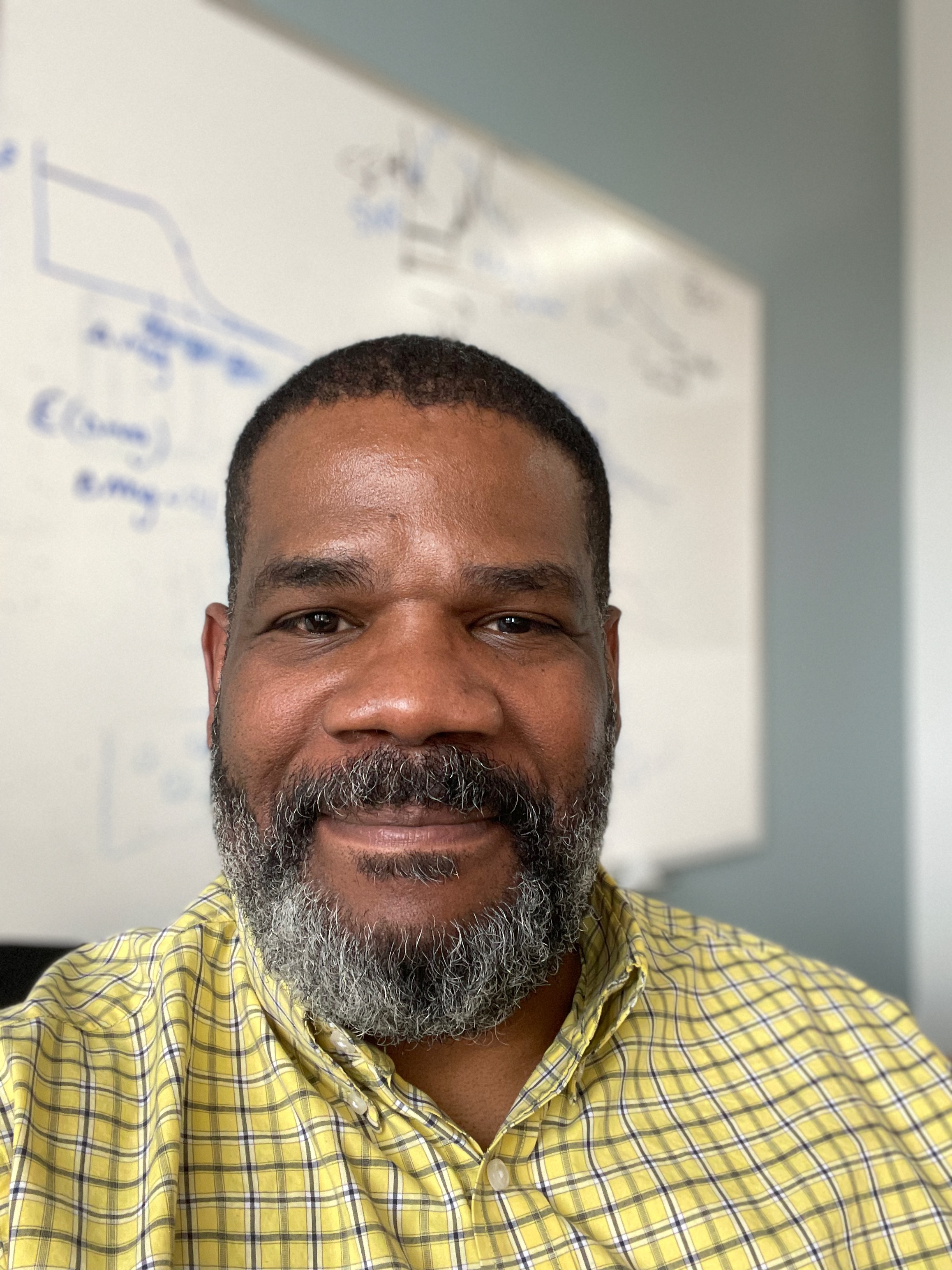About Me
Dr. Louis-Gregory (Lou) Strolger is an Observatory Scientist and Deputy Head of the Instruments Division at Space
Telescope Science Institute, a Research Scientist in Physics and Astronomy at Johns Hopkins University, and an
Adjunct Professor in Physics and Engineering Physics at Morgan State University. His scientific research explores supernovae, cosmology, and dark energy, where he primarily works on the nature of supernovae progenitors through bulk analyses of events and environments, and the evolution of these properties over cosmic time. He is an alumnus of the Physics program at Earlham College, and received his Masters in Astronomy, and his PhD in Astronomy and Astrophysics, from the University of Michigan.
Dr. Strolger has been involved in science policy for much of his professional career, in roles for the Science Policies Group at STScI, and in several service roles to societal and professional advisory committees. Notably, he had a key role in developing the dual-anonymous peer review process for observing time on the Hubble Space Telescope, which been adopted at many astronomical observatories, and is rapidly gaining interest in physics communities and with federal granting agencies. He currently serves as an At-Large member of the Board of Trustees for the American Astronomical Society.

 https://orcid.org/0000-0002-7756-4440
https://orcid.org/0000-0002-7756-4440



